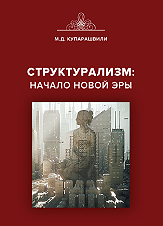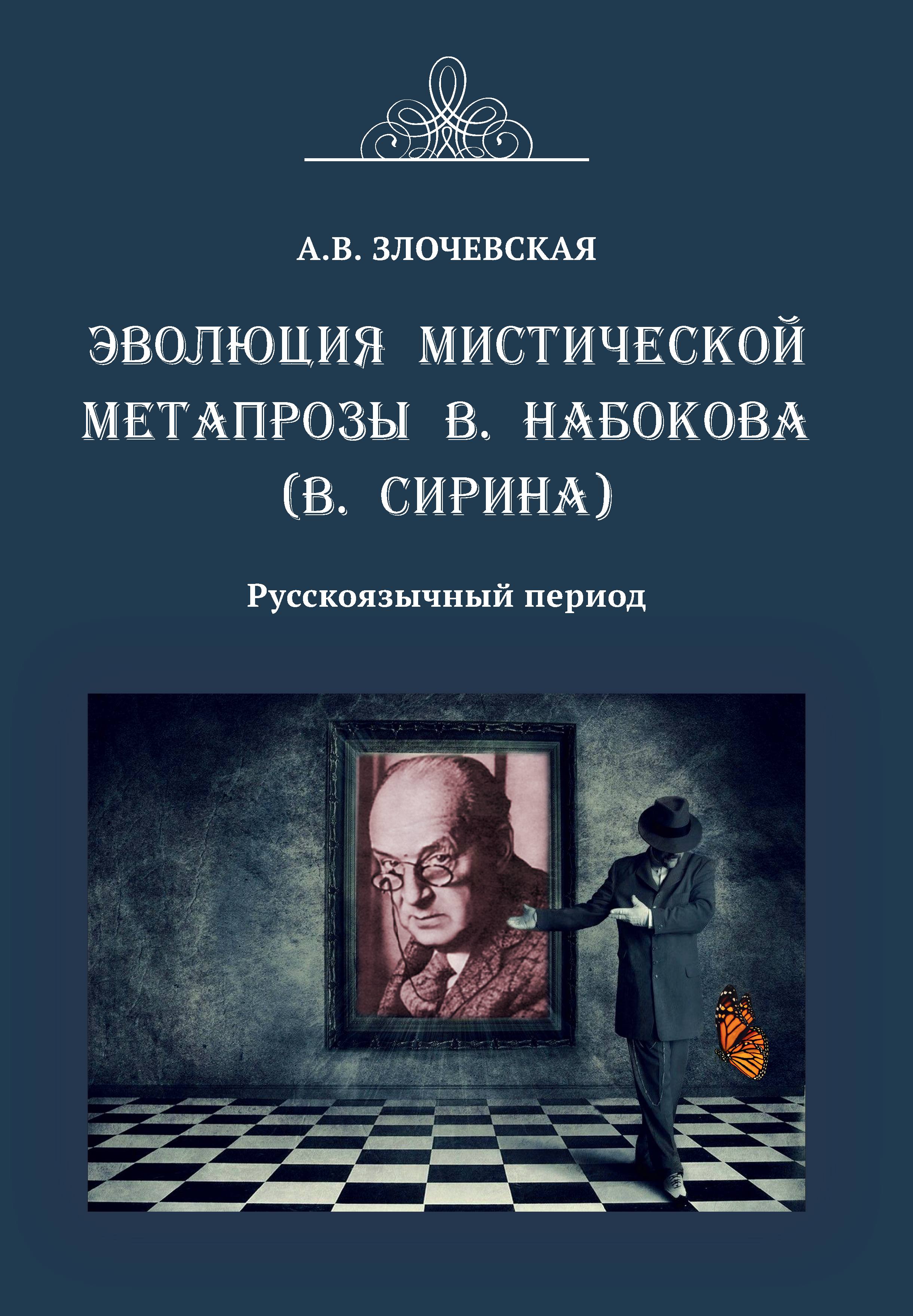Svyatoslav B. Gulyaev, Cand. Sc. (Sociology), Leading Research Fellow, Deputy Director for Research, Institute for Demographic Research, Branch of the Federal Center of Theoretical and Applied Sociology of the Russian Academy of Sciences, https://orcid.org/0000-0001-9022-7687, e-mail: sviatoslav2004@mail.ru
The article proposes new approaches to family and demographic policy in the Russian Federation, analyzes the current demographic situation, and seeks new ways to resolve the demographic crisis. Taking into account the concept of spatial development of the village in the form of Agrotowns for large families in Russia in the context of the theory of urban agglomerations, the possibility of transforming the population reproduction regime and increasing its numbers is proposed.
The novelty of this study, its analysis and conclusions are related to the focus on the practice of relatively successful countries in terms of birth rate and economy — such as the United States and China.
The study is a logical continuation of the topic outlined in the article “Social forecasting and design of a demographic growth strategy in Russia taking into account large families as a guarantee of national security of the country” [1], published in 2024, where for the first time to solve the demographic problem in Russia the concept of the “Garden City”, proposed in the 19th century, but became relevant in the 21st, was taken as a basis and considered. In this study, we continue to explore this concept in more detail, taking into account all the nuances, analyze all sorts of conditions, opportunities and experience, at the modern level.
The article contains three parts. The first part analyzes the meaning of the new concept in connection with the emergence of agglomerations and the beginning of the era of urbanization, in the context of the process of increasing the role of cities. The conditions necessary for a strong family and the factor of having many children are analyzed in the context of solving socio-economic problems by creating Agrotowns for large families. Additionally, with the help of this concept, the problem of the need to regulate the practical relations of social partners in the field of employment of the population in the agro-industrial complex is solved. The second part examines the experience of the family institution as one of the most important elements of society, and the psychological component of the relationship between couples in the modern space, and its cultural component. The problem of the theory of dehumanization and ways out of the demographic crisis is raised.
The third part discusses the possibilities and prospects for the emergence of large families in modern society. The experience of other countries is analyzed using large agglomerations as an example and existing examples, details and conditions for the correct approach within the framework of the above-mentioned concept of Agrotowns are clarified.
The scientific work provides a comparative analysis of current demographic indicators in Russia.
The article is written taking into account new federal laws, regulatory legal acts and analysis of official statistics on demography.
Keywords: large families, large families, family, children, employment in the village, agro-industrial complex, agrotown, marriage, woman, demographic policy, demographic development, birth rate, natural population decline, rural population, greenhouses
References
1. Gulyaev, S.B. Social forecasting and designing the strategy of demographic growth in Russia taking into account large families as a guarantee of national security of the country. Alma mater (Vestnik vysshey shkoly). 2024. No. 9. Pp. 71–80. DOI: 10.20339/AM.09-24.071
2. Mendeleev, D.I. Towards the knowledge of Russia. Moscow: Iris-press, 2002. P. 43.
3. Pushkin, A.S. Collected Works: In 16 vols. Moscow: Khudozhestvennaiia literenura. 1948. V. 3. Poems, 1826–1836. Fairy tales. P. 464.
4. Stihi.ru // Certificate of publication No. 118060508838. URL: https://stihi.ru/2018/06/05/8838?ysclid=m833axsnix444968692
5. Rostovskaya, T.K. Analysis of the identification of the level of awareness of Russians about the current measures of state family-demographic policy. Information Society. 2024. No. 1. Pp. 2–10. URL: http://infosoc.iis.ru/article/view/1126/759
6. Kapitsa, S.P. Demographic Revolution and Russia. Demoscope. Weekly [Electronic resource]. 2018. Jan. 29 – Feb. 11. No. 757–758. URL: https://www.demoscope.ru/weekly/2018/0757/nauka03.php (with reference to: Demographic modernization of Russia, 1900-2000 / ed. by A.G. Vishnevsky. Moscow: AST, 2005).
7. Stitesб R. Women’s Liberation Movement in Russia: Feminism, Nihilism, Bolshevism, 1860–1930. Moscow: ROSSPEN, 2004. 616 p. Pp. 475, 473.
8. Kharchenko, K.V. Problems of managing the development of urban agglomerations: a view from Belgorod. Municipal World. 2009. No. 1-2. Pp. 49–57.
9. Lappo, G. Urban agglomerations of the USSR-Russia: features of dynamics in the twentieth century. Russian expert review. 2007. No. 4-5. P. 6.
10. Kharchenko K.V. Problems of formation of urban agglomeration: a view from Belgorod. Strategies and resources for development of large cities of Central Russia: Proceedings of the international. Scientific conference, Voronezh, November 24–26, 2008. Voronezh: Publishing house of VSU, 2008. Pp. 197–201.
11. Russia in numbers. 2016: Brief statistical collection / Rosstat. Moscow, 2016. 543 p.
12. Gulyaev, S.B. Transformation of the Institute of the Russian Family and Assessment of the Effectiveness of Family Policy. In: Social Environment and Social Policy: New Approaches and Innovative Technologies. Proceedings of the International Scientific and Practical Conference. Series “Demography. Sociology. Economics”. S.V. Ryazantsev, T.K. Rostovskaya, Z.Kh. Saralieva (eds). Moscow, 2019. Pp. 153–160.



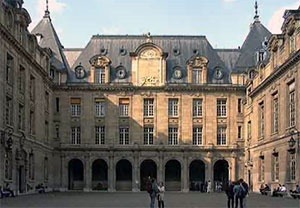
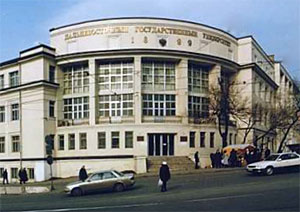

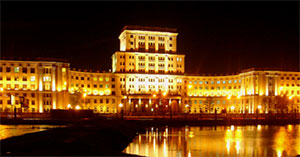
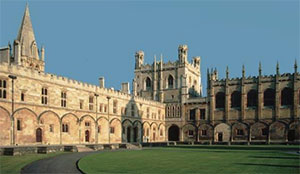
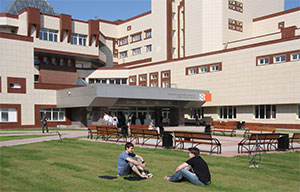


.png)
